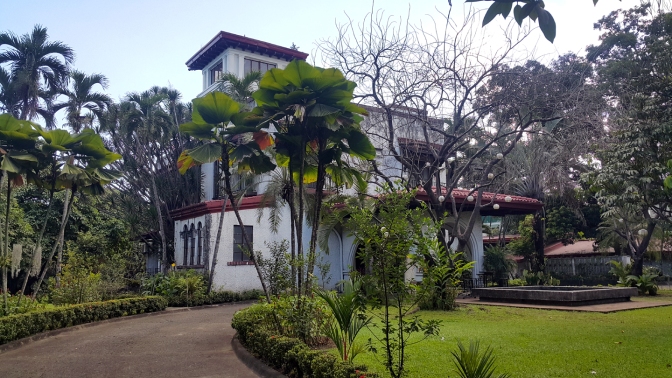
WEST OF QUEZON City’s Cubao district is New Manila. It is primarily a residential area popular for its mansions of the old-rich clans. Situated between Aurora Boulevard and E. Rodriguez Sr. Boulevard is what was once called the Magdalena Estate. It was named after its former owner, Doña Magdalena Hashim Ysmael-Hemady (1877-1955) who was the matriarch of the influential Ysmael clan—the real estate and steel industry moguls of their time.

Born Wadi’ah Hashim, Doña Magdalena was a Lebanese national who migrated to the Philippines, and subsequently changed her name to Magdalena upon conversion to the Catholic faith. The she married to the Ysmael clan, who were originally on route to Australia, when an unexpected detour brought their ship to Davao. Falling in love with the Philippines, the Ysmaels decided to stay, and eventually transfer to Manila. It was here she joined her brother Faride T. Hashim (1841-1931), who owned the Manila Grand Opera House, putting Doña Magdalena and family in the midst of Manila’s elite social circles. The Hashims and Ysmaels were wary of the Turkish rule of the Ottoman Empire over Lebanon, and the Hashim brothers first left for the Philippines in the late-1900s. The Ysmaels followed suit, when a drought that pushed the family to finally leave their country.
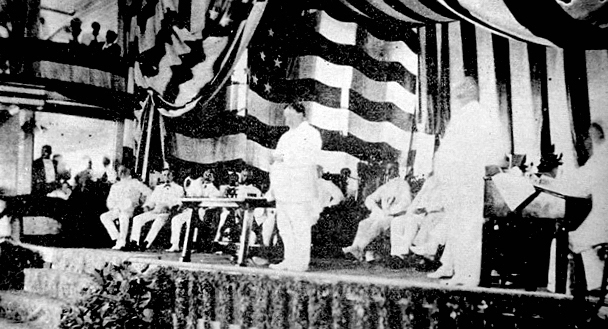
The Manila Grand Opera House was built in the mid-1900s and was first called the H.T. Hashim’s Ciclo Nacional (National Cycle Track) before changing the bicycle race track to a theater and naming it the Teatro Nacional in 1890. This was where local and international theater companies performed. In 1902, the theater underwent renovations to become an opera house in order to accommodate a visiting Italian opera company. Since then, the Manila Grand Opera House wasn’t simply the center of Manila’s cultural activities, but also the meeting place of many important political activities, including the establishment of the Philippine Assembly (the local parliament) in 1907.

The Manila Grand Opera House was heavily damaged in World War II (1939-1945) and was rebuilt as a movie house in 1947 by its new owners. What was left of the old theater had been converted into the Manila Grand Opera Hotel which opened in 2008.
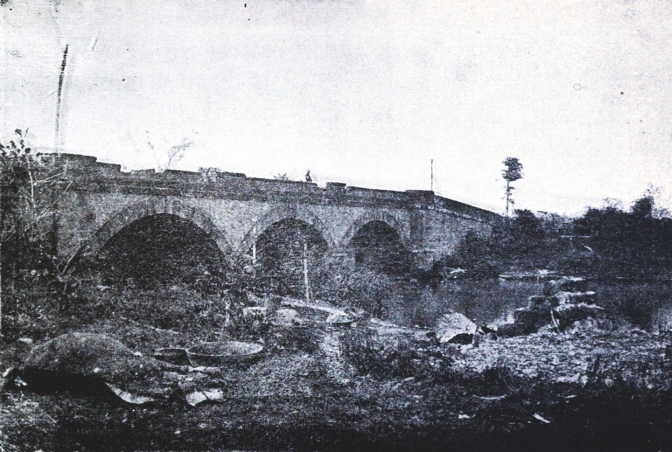
The Magdalena Estate was developed in the 1930s as a residential area for Manila’s elite who wished to avoid the dusty and crowded streets of Manila. Also called Hacienda Hemady, the area was once 75 hectare friar lands under the jurisdiction of the Municipal of San Juan del Monte. During the American colonial period (1898-1946), the friar lands were purchased by the American government. These were later on sold to the local elite. Among them was Doña Magdalena, who saw the cool and rolling wooded hills of New Manila as a perfect escape from the old-city bustling Manila, which was approximately seven kilometers away.
The hacienda was vast and extensive, and upon the request of President Manuel Luis Molina Quezón (1878-1944) in 1932, Doña Magdalena donated several hectares of it to the government. In 1935, it was developed as the eastern side of the American-era military camp named Camp Murphy. Today, this area is recognized as the military base, Camp Aguinaldo and parts of the commercial district of Cubao (Read: Growing Up in Cubao). The western and central parts of Camp Murphy were donated from parts of Hacienda de Mandaloyon, by Francisco “Don Paco” Ortigas (1875-1935), which would become the police headquarters, Camp Cramé, and northern sections of Camp Aguinaldo.
Although the friar lands were later on handed over to private owners, religious establishments—some that were built way before, remained. Among these was the Convent of Carmel of Thérèse of Lisieux (Est. 1926), the Sisters of St. Paul of Chartres Novitiate and Provincial House (Est. 1931), Franciscan St. Joseph’s Academy and Convent (Est. 1932), and the Christ the King Mission Seminary (Est. 1933).
Doña Magdalena allowed these religious institutions to stay. From then on, New Manila has become the home of many other Christian institutions, such as the Episcopal St. Andrew’s Theological Seminary (Est. 1947), the Congregation of the Religious of the Virgin Mary Compound (Est. 1950), the Episcopal National Cathedral of St. Mary and St. John (Est. 1960), the Pink Sister’s St. Joseph Convent of Perpetual Adoration (Est. 1965), the Congregatio Immaculati Cordis Mariae’s Maryhill School Of The Theology (Est. 1979), the Local Superior of The Society of Monfort Missionaries (Est. 1984), the Jubilee Evangelical Church (Est. 1982), the Foundation for Carmelite Scholastics (Est. 1987), the Society of Pius X’s Our Lady of Victories Church (Est. 1993), the Missionarii Sacratissimi Cordis Congregation Provincialate, the Calasanz Formation House, the Order of the Piarist Fathers Escolapios, and the Damien Formation Center.
While the first Catholic residents of New Manila had their choice of convent chapels where they held and had their Sunday masses, more residents of Manila started migrating to the Magdalena Estate and its outskirts after the devastation of Manila in World War II. This brought in a demand for an official parish, which started with the 1947 establishment of the nearby Immaculate Conception Church in Cubao. This was later followed by the Our Lady of Mount Carmel Parish—the official parish of New Manila, which was erected in 1954.
As decades passed, the local Chinese Buddhists also demanded their own place of worship. So in 1948, the Poh Chong Temple opened along the nearby Conrado Francia Benitez (1889-1971) Street in Cubao, and the Taoist Sheng Lian Temple across the San Juan River. But just like their Christian counterparts, the population of Buddhists was beginning to grow. Thus in 2011, the Buddhist Wisdom Park Temple was opened in the heart of New Manila.

During its development, the Magdalena Estate was divided into four major roads that were inclined from the southeast to the northeast. These were: Victoria Avenue, Broadway Avenue, Gilmore Avenue, and Pacific Avenue. Bisecting these were main roads numbered from 1st Street to 13th Street to simulate the numbering of the streets in Manhattan of New York City. The new residents of Magdalena Estate were then inspired to build American and European-styled mansions—a drastic change from the architectural landscape of the Spanish colonial era (1665-1898) which is popular for the Bahay-na-Bato (house of stone) of its time.
Starting from the west, the first main road is Victoria Street, which is said to be named after Doña Magdalena’s daughter-in-law, Victoria Imperial Cortes Ysmael. This road is followed by Broadway Avenue, which was another tribute of Doña Magdalena to New York City. In the 1990s, the name of the road was changed to Doña Juana Rodriguez Avenue, after the first wife of Senator Eulogio Rodríguez Sr. (1883-1964), however, the name was revered to Broadway in the 2000s.
Along Broadway Avenue are old mansions dating from the 1940s to the 1960s. Most noted was Villa Caridad. It was originally owned by the Lerma clan of zarzuela director, Florencio Lerma (1861-1897) who was martyred during the Katipunan Revolution of 1896-1898. After World War II, the house was purchased by the Nueva Ecija-Tondo family of Manuel Viola Gallego (1893-1976) and Caridad Valasco Ongsiaco-Gallego (1896-1974) who established the Gallego Institute of Agriculture and Industry in the province of Nueva Ecija in 1953, to assist in developing the agricultural sector of Central Luzon.
The next major road of New Manila is Gilmore Avenue, which was named after Eugene Allen Gilmore (1871-1953). Gilmore was the American Governor-General of the Philippines during the development of the Magdalena Estate. Presently, Gilmore Avenue is known for the many computer sales and repair shops at the southern end of the road. Other than that, however, it is also home to the Convent of Carmel of Thérèse of Lisieux, the Sisters of St. Paul of Chartres Novitiate, Provincial House and College, and the Our Lady of Mount Carmel Parish.
One important resident of Gilmore Avenue was Philippine President Manuel L. Quezon (1878-1944) who, in 1938, relocated from Manila in order for him to get care and treatment at the nearby Philippine Tuberculosis Society’s Quezon Institute. In 2011, Quezon’s home was slated to be demolished to give way to the new homeowner’s modern structure. The Quezon City government-supported effort to save most of its structural parts for transfer to the Quezon Memorial Circle was initiated as a tribute to the president.

The fourth major road of New Manila was named Pacifica Avenue after the Spanish-American War of 1898, in celebrating America’s acquisition of the Pacific Rim islands of Guam, Cuba, Puerto Rico, and the Philippines from the Spaniards. Today, the road is known as Doña Hemady Avenue. Aside from its mansions, it is also popular for the Magnolia Plant and Ice Cream Parlor of the 70s. Originally designed by the National Artist for Architecture, Leandro Valencia Locsin (1928-1994), the plant shut down in 1999, the area became home to the Robinsons Magnolia Mall in 2012. The Magnolia ice cream parlor is now located within its grounds.
Another major road in New Manila is the Balete Drive. It was named after a gigantic balete tree (genus Ficus) that grew in the middle of the road since the Spanish time. It had a dominant air of mystery to it. Common folklore attributed it as the habitat of nature spirits called Encanto or diwata. These spirits played tricks on passersby. However, after World War II, this story took a sinister twist: people started telling tales of restless ghosts that haunted the streets—the White Lady of Balete Drive, being the most popular urban legend of all. It was told that it suddenly appeared in the back seat of cars as they cruised along Balete Drive—only to disappear when drivers took a second look. It was said that the White Lady was a woman raped and killed by the Japanese soldiers during the war.

Aside from its urban legends, Balete Drive is also known for the Bahay Sentenaryo (the Centennial House)—an ancestral home that is said to be around 200 years old. Unfortunately, none of its original architecture remained.

Other than making Americans feel at home in naming Broadway Avenue after the theatrical row in New York City, Doña Magdalena also took it upon her hands to showcase her estate as the “Hollywood” of the Philippines with the opening of Cubao‘s LVN Studios in 1936 and Sampaguita (located near Gilmore Avenue) in 1937. Because of these film outfits, many movie stars, producers, and directors took residence in New Manila and its environs.
Despite the closure of these studios many decades later, the film and entertainment industry, which New Manila and Quezon City were known for to cultivate and support, continued. Evidence of this is the establishment of the Mowelfund (Movie Workers Welfare Foundation) in 1974. The Mowelfund provided a training ground and opportunities for the country’s next crop of filmmakers. This eventually led to the founding of the Film Academy of the Philippines in 1981, and the Pambansang Museo ng Pelikula (National Film Museum) in 2005.

Another development in the entertainment sector of New Manila was the conversion of the Broadway Centrum Mall’s movie theaters (which opened in 1987) into television studios for the live variety shows of the GMA Network.

Another interesting landmark in New Manila is the Boracay Mansion along 11th Street. The mansion was built in the 90s by former actor and Philippine President, Joseph “Erap” Estrada (b. 1937). Part of its amenities was a white-sand pool that resembled the powder-white sand beaches of Boracay island. After the scandals that led to Estrada’s dramatic ouster from his Presidency in 2001, the house was left unused. In 2016, the Quezon City government took the initiative to convert the Boracay Mansion into an office for the Vice President of the Philippines.

There are more houses and establishments in New Manila with interesting stories and beautiful art collections. Some of the mansions have been abandoned by their owners, such as the Americans who returned to the mainland after the war. These houses are still standing since New Manila was spared from the bombings that devastated the old city of Manila. I hope to tell these stories in the next coming articles, starting with the Saint Paul University. — LTO with Marleena Litton
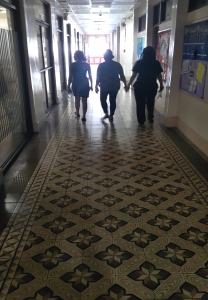

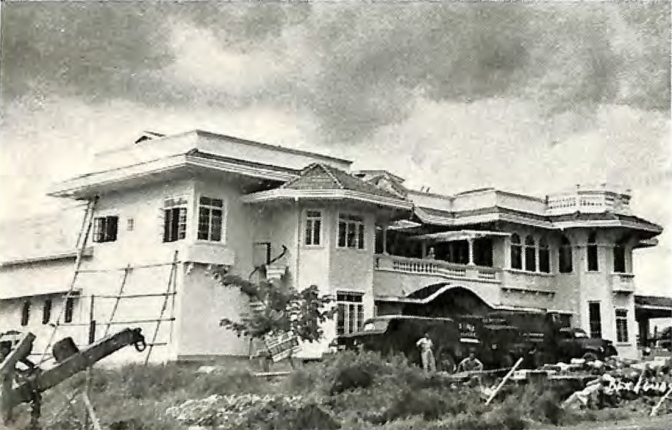
































Just as an additional info, the Passionist Mission House at #34 Hemady Street, between 6th and 4th Street was bought from a Chinese family and was later sold around 1983 to the Congregation of the Blessed Sacrament (SSS Fathers of Sta Cruz Church in Manila). Since then, it is known as the Eymard Formation Center, a residence for SSS seminarians.
LikeLiked by 1 person
Thank you
LikeLike
Genuine Ice Plant was razed a 3-4 years ago ( hard to date with the 2 years lost to the pandemic) and has since been replaced by S&R. Thank you for another ingesting & wonderful history lesson on our beloved New Manila area.
LikeLike
In 1986 I met two alumnae from the University of the Philippines who were psychology graduates, somehow the conversation drifted to the White Lady of Balete Drive and both women started laughing. They then told me that the legend of the White Lady of Balete drive was an elaborate story they cooked up in the late 60s or early 70s as part of a psychology experiment to study rumors, how they spread, and how they change as they spread. The various versions I heard had the lady in white in the back seat of your car who you would see in your rearview mirror, sometimes with or without her head, then there’s the old lady sweeping the sidewalk in the middle of the night. And of course, on chilly January nights, devilish drivers would switch off their headlights (Balete drive was heavily tree-lined and dimly lit), claim the lights shut off on their own, and scare the bejesus off their, usually female, passengers.
LikeLike